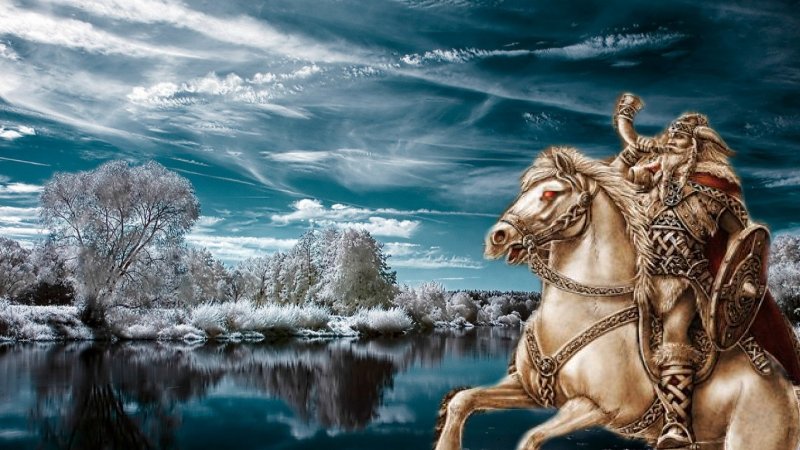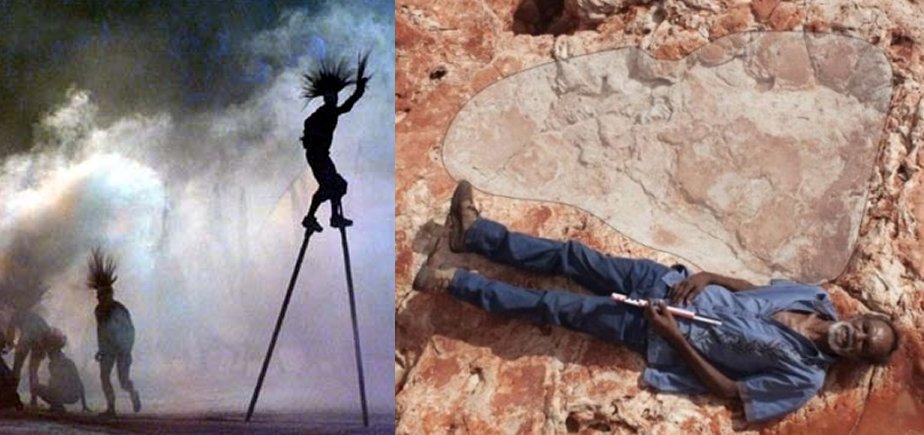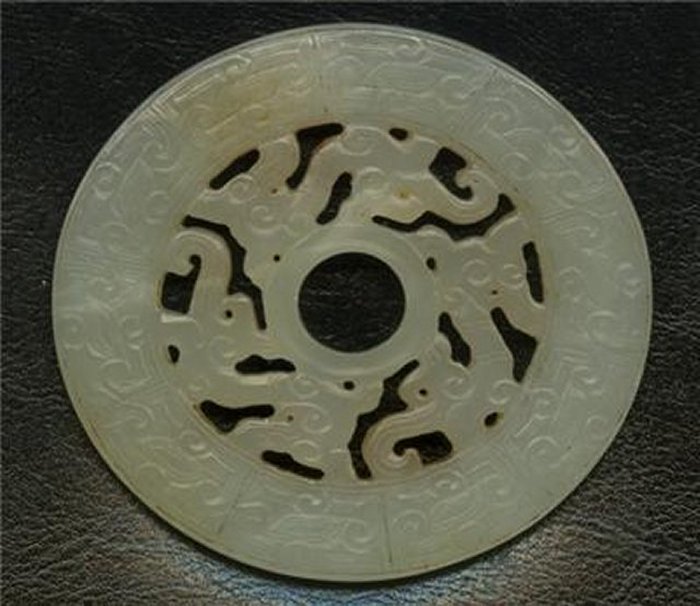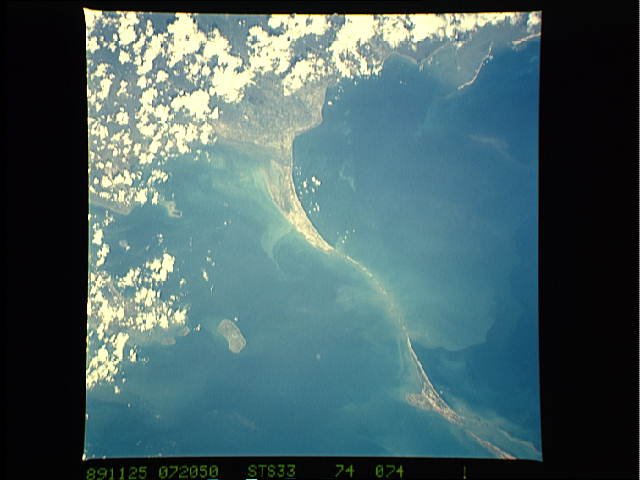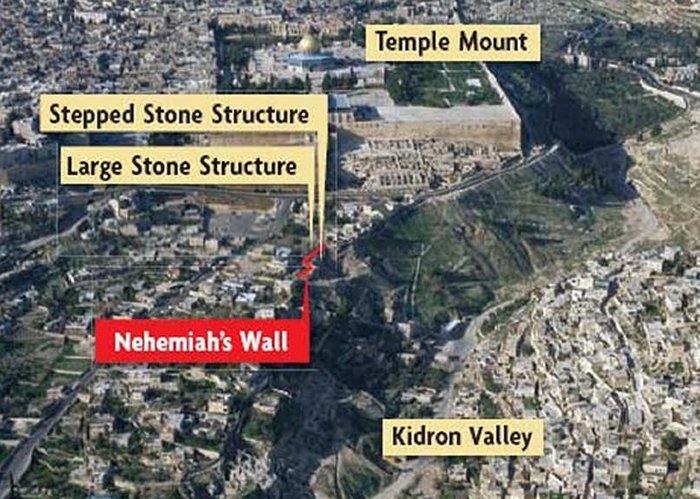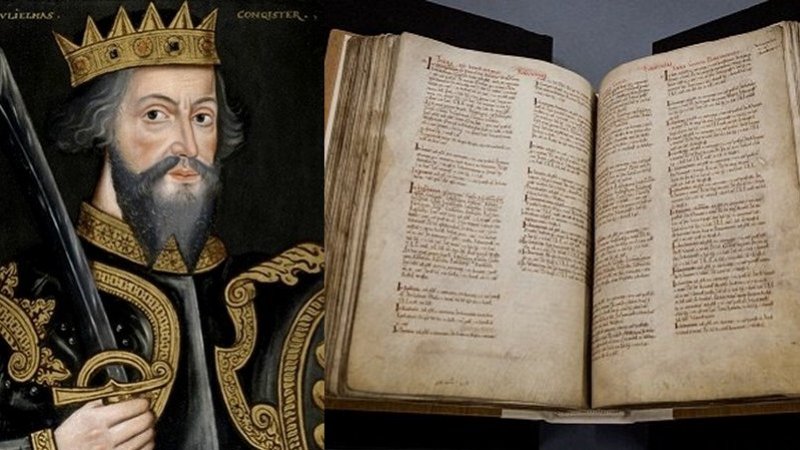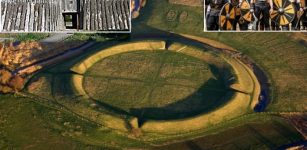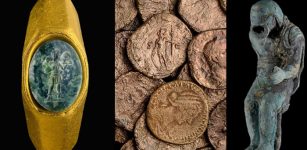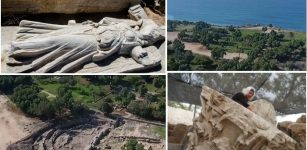12 Ancient Myths, Legends And Biblical Stories Confirmed By Modern Science
MessageToEagle.com – Ancient sacred texts, precious artifacts, archaeological discoveries, myths and legends open a window to the past.
Sometimes ancient stories may seem to be fanciful and it is easy to dismiss them as works of fiction, but there are many cases that confirm our ancestors wanted to convey a story.
Perhaps some myths and legends should be treated as an important ancient message to future generations. There are also several Biblical stories that have been confirmed.
In this top list, we take a look at 11 incredible ancient myths, legends and Biblical events that have been confirmed by modern science.
1. Before Ragnarok: Horryfying Fimbulwinter In Norse Mythology Was Based On Real Events
In Norse mythology Ragnarok (Ragnarök) is the end of the world as the Vikings knew it.
The concept of fate dominates Norse mythology and to the Norse people, fate was a fact of life, something that could not in any way be avoided or changed.
This immutable concept culminates in Ragnarok (Ragnarök) – “the darkness of the gods”, the coming destruction of the world, whose inevitability is impossible to fight with. Ragnorok represents the world undergoing major upheaval and some dramatic changes that will take place.
There are going to be warning signs that Ragnarok is coming. One of them is the horrifying Fimbulwinter. It is an extremely cold and long winter that lasts for three years without a summer in between.
In Denmark, Norway, Sweden and other Nordic countries, the term Fimbulvinter is also used to refer to an unusually cold and harsh winter.
The devastating Fimbulwinter (‘The Great Winter’) has long been considered nothing but a myth, but this view has changed in the recent years. Researchers think Fimbulwinter is related to the extreme weather events of 535–536, which resulted in a notable drop in temperature across northern Europe. According to other ancient sources, this was a period when the Sun was bluish, weak and obscured. People threw no shadow on the ground, and even the Moon was obscured. There was no heat, the crops died. This must have been due to a very large volcanic eruption and subsequent ash cloud that spread across the world. This outbreak was previously unknown, researcher have come across evidence, such as for example ice cores from Greenland that confirm extreme weather conditions at the time.
In Northern Sweden, after year after the year 536, the average temperature during summer dropped by three to four degrees. Read more
2. Aboriginal Creation Story Of Marala Was True – World’s Largest Dinosaur Footprints Confirm Ancient Creation Myth
World’s largest dinosaur footprints have been discovered in remote Kimberley region of Western Australia. The discovery does not only give us a better understanding of the history of dinosaurs, but it also confirms the Aboriginal creation story and the journey of a Dreamtime creator being, called Marala, the Emu man. Many Indigenous Australians also refer to the Creation time as “The Dreaming”.
According to Aboriginal belief, all life as it is today – Human, Animal, Bird and Fish is part of one vast unchanging network of relationships which can be traced to the great spirit ancestors of the Dreamtime. In ancient Aboriginal myths, Marala is described as a mythical being. He was a lawgiver and responsible for giving people code of conduct for good behavior need to keep things in balance. Marala was an Emu Man and he left his impression on the sky and on the sand. During his journey through the Song Cycle from south to north as well as in and out of the sea, Marala left behind three-toed tracks. He also left behind the grooved impressions of his tail feathers when he sat down to rest and create his law ground.
Today, three-toed dinosaur tracks that are assigned to Megalosaurus broomensis, a theropod and impressions of cycad-like plants serve as evidence of Marala’s journey as narrated in the Song Cycle. Read more
3. Ancient Chinese Legend Proven True – Sunken Treasure Of Gold And Silver Found
According to a centuries-old legend, a great treasure belonging to the leader of a Chinese peasants uprising was lying at the bottom of a river. Legend had it that in 1646, peasant leader Zhang Xianzhong was defeated by Ming Dynasty soldiers while attempting to transfer his large haul of treasure southward. About 1,000 boats loaded with money and assorted valuable were said to have sunk in the skirmish.
This ancient tale of Zhang Xianzhong and his sunken treasure, dating back to the Ming Dynasty (1368-1644) – is not a tale anymore.
It has been confirmed by archaeologists who recovered more than 10,000 items of gold and silver from the bottom of Minjiang River in Sichuan Province. Read more
4. Legendary Saraswati River Is Not A Legend – It Existed 4,000 Years Ago
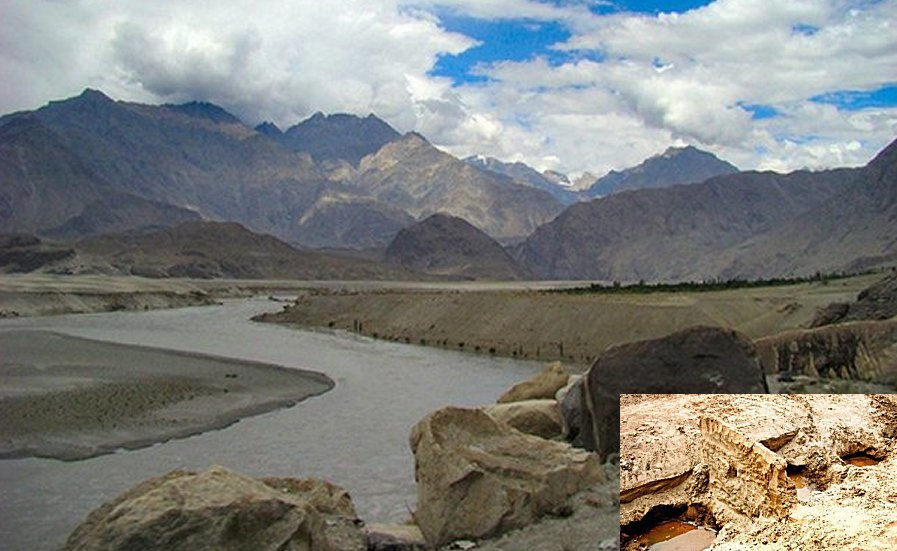
Saraswati River is not a legend. It really existed and great civilizations flourished in the Northwestern part of India. It has been richly described and celebrated in the Vedas and Puranic literature.
Cities thrived on the banks of the river, while it had run through northwestern India, passing through the plains of Punjab, Haryana, Rajasthan, Gujarat and finally it is believed to have exited into the ancient Arabian Sea.
See also:
10 Mysterious Ancient Caves That Could Re-Write History
10 Fascinating Facts About Pharaohs
10 Remarkable Similarities Between Ancient Civilizations
Saraswati emerged as a mighty river during the warm spell that succeeded the Pleistocene glaciation some 10,000 years ago. It originated from Har-ki-Dun (“Valley of Gods”) glacier in Garhwal Himalayas, mountain ranges located in the state of Uttarakhand, India. The disappearance of the river has long been a subject of studies and among geologists, archaeologists, geophysicists and climatologists and there are many theories behind its decline. However, even today, the Saraswati River is not considered entirely dead, because the river’s bed, which is several kilometers wide in certain places, still stores some water during the monsoon season.
Modern techniques that support Saraswati research, helped to conclude that the water and soil beneath the earth really belonged to the Saraswati river. Read more
5. Discovery Of Long Lost And Century-Old Jade Disc Found Confirm Ancient Chinese Legend
According to an ancient legend, this perfect specimen of jade was concealed by an outer stone layer, and rather than carve into the precious stone, Bian He gave it to king Li of the Chu State King Li did not believe the value of the jade that lay within, and cut off one of Bian He’s legs.
Later, the new Chu king Wu was presented with the rough stone, and also not believing Bian He’s story, had his other leg cut off. When Li’s successor, king Wen took the throne he had his best sculptors cut into the rough stone where they found an incomparable piece of white jade. The jade was cut into a disc, and named in honor of Bian He, becoming a national treasure known as the “Heshi Bi.”
After 30 years of geological study in Jingshan Mountain and its surrounding areas, Chinese researchers have finally unearthed a rare high quality gem with ultra-hardness, Jinyu and seven other types of jade objects in Baokang, Hubei province. Read more
6. Krishna’s Legendary City Dwarka Did Exist
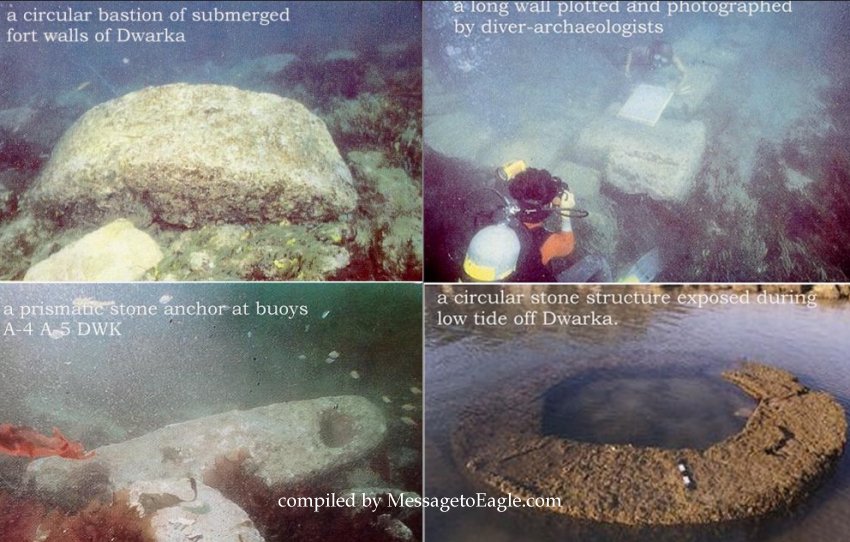
Krishna’s legendary Dwarka built on the site of an even earlier sacred city, named Kususthali, was a well-planned city with a modern and technologically advanced harbor adjusted to traffic of large entering ships. An advanced society lived there.
Dwarka – long-lost mythical city, one of the seven holy cities in Hindu India, is a reality.
The city of Dwarka has been investigated by historians since the beginning of the 20th century. Also the exact location of this port city has also been debated for a long time. Several references from the Mahabharata, the Bhagvata Purana and the Vishnu Purana have been used to suggest the city’s exact location.
The remains of what has been described as a huge lost city, found by researchers not long ago, may force historians and archaeologists to radically reconsider their view of ancient human history.
Krishna’s kingdom spread across’ northern India and Pakistan, with its capital in ancient Dwarka, on the coast in Gujarat, just near the Pakistan border.
For more than 5,000 years Dwaraka was treated only like a myth, handed over from one generation to another. In a major marine archaeological discovery, Indian scientists found excellent geometric objects below the sea-bed in the western coast, similar to the Harappan ruins.
The acoustic images showed the area lined with well-laid house basements like features partially covered by sand waves and sand ripples at 30-40 metre water depth. At many places, channel-like features were also seen indicating the possible existence of possible drainage in the area. The vast city – which is five miles long and two miles wide – is believed to predate the oldest known remains in the subcontinent by more than 5,000 years. Mainstream scientists maintain that ancient Indian culture/civilization goes back some 4-5 thousand years. Yet the ruins below the Gulf of Cambay go back at least 9 thousand years, i.e. to the time when the area submerged under water. Read more
7. Secret Underground Tunnels Discovered Underneath Mexican City Of Puebla Confirm Urban Legend
For years, the inhabitants of Puebla have told stories about a network of tunnels existing underneath the city and of course, these stories were dismissed as fiction. Now the situation has changed. Authorities in Mexico have confirmed the existence of underground tunnels, and say the secret passageways could date back 500 years. The city hopes to turn the tunnels into an attraction. Read more
8. Controversial Discovery Of Rama’s Bridge – A 1,700,00-Year-Old Man-Made Structure Confirm Story Told In The Ramayana
The NASA images of the ancient bridge between India and Sri Lanka show ancient history is linked to mythology.
At the beginning of 2003, NASA’s satellites caught extraordinary images that caused a lot of controversy and debate among scientists. The images display an ancient and up to now unknown bridge in the Palk Strait connecting India with Sri Lanka. The bridge has been named Rama’s Bridge.
It is approximately 18 miles long and could be man-made. According to the Indian ancient epic the Ramayana, the worshipped hero, Hanuman was honest, loyal and dedicated to Rama. He led his great army of monkey and bears to build the bridge from India to the island of Lanka. Read more
9. Biblical Events Confirmed: The Jerusalem’s Wall That Nehemiah Built
A few years ago, archaeologists unearthed a long sought wall in Jerusalem’s ancient City of David. The wall is described in the Bible’s Book of Nehemiah written between 445 and 420 B.C.
According to a story, Nehemiah, a high official in the Persian court of King Artaxerxes I at the capital city of Susa, was very troubled that there was no wall to protect his beloved city of Jerusalem, its walls and gates. In 2005, Dr. Eilat Mazar, of the Hebrew University and the Shalem Center, specializing in Jerusalem and Phoenician archeology, uncovered a small part of King David’s royal palace constructed by King Hiram of Tyre, the contemporary Phoenician ruler and his ally against the Philistines.
Later, Dr. Mazar discovered an ancient, massive wall measuring 5 meters in width, located on the eastern side of the palace. Close to the palace wall stood a large stone tower where some pottery in form of arrowheads, shards and other artifacts was also found. Read more
10. Controversial Discovery : 15,000 Ancient Ebla Tablets Prove Old Testament To Be Accurate
The accuracy of the Old Testament is a controversial topic among scientists. Many regard the ancient text as inaccurate and untrue.
Needless to say that Christian people are of a different opinion. The discovery of 15,000 ancient Ebla tablets speaks in favor of the Old Testament.
For many years, the critics of the Old Testament continued to argue that Moses invented the stories found in Genesis. The critics contended that the ancient people of the Old Testament times were too primitive to record documents with precise details.
In doing so, these critics basically claimed that there was no verification that the people and cities mentioned in the oldest of Biblical accounts ever really existed.
“The discovery of the Ebla archive in northern Syria in the 1970’s confirmed that the Biblical records concerning the Patriarchs are spot on. It was during the excavations in northern Syria that the excavating found a large library inside a royal archive room. This library had tablets dating from 2400 -2300 BC. Read more
11. Ruins Of Sodom, The Lost Ancient Biblical City Destroyed By God – Uncovered
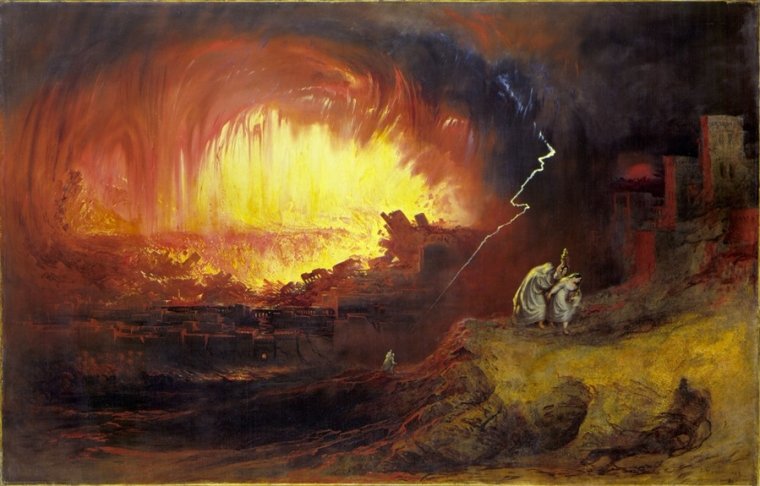
A team of archaeologists led by Prof. Steve Collins has reportedly unearthed the ruins of the ancient cities of Sodom and Gomorrah, which according to the Bible suffered a catastrophic destruction caused by God.
Collins and his team from the Trinity Southwest University in New Mexico announced that after 10 years of excavation and study as part of the Tall el-Hammam excavation project, they have discovered what seems to be the site of the biblical city of Sodom. Read more
12. Ancient Skeleton Confirms Dramatic Historical Events In Sverres Saga
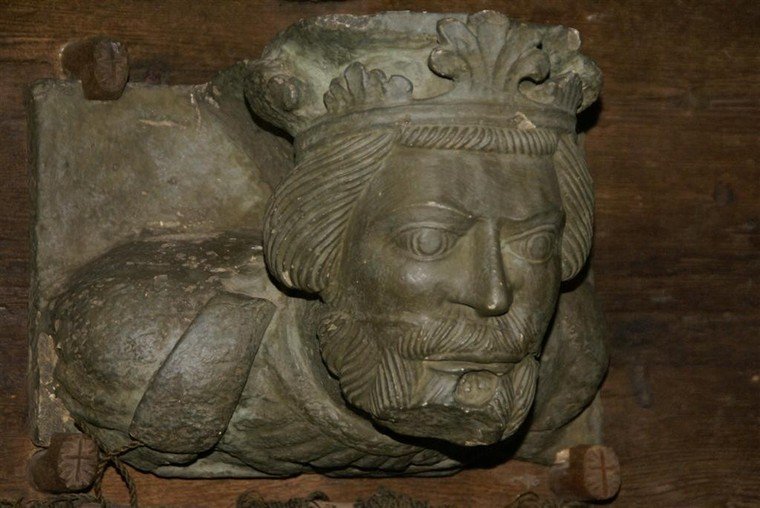
An ancient human skeleton discovered in the bottom of an abandoned castle well in Trondheim, Norway confirms dramatic historical events mentioned in Norse Sagas.
Sverres Saga is a Norse Saga written about 1170 by an Icelander called Eiríkr Oddsson. The stories deal with several 12th century kings of Norway, but of course the main subject is subject is King Sverre Sigurdsson of Norway (r. 1177–1202).
It is one of very few historical manuscripts describing events in the Norwegian Viking age and medieval period and scientists have often questioned the chronicle’s trustworthiness as a historical document.
However, skeleton provides enough evidence that at least one part of the saga seems to hold truth, down to the tiniest detail. Read more
Copyright © MessageToEagle.com All rights reserved. This material may not be published, broadcast, rewritten or redistributed in whole or part without the express written permission of MessageToEagle.com

